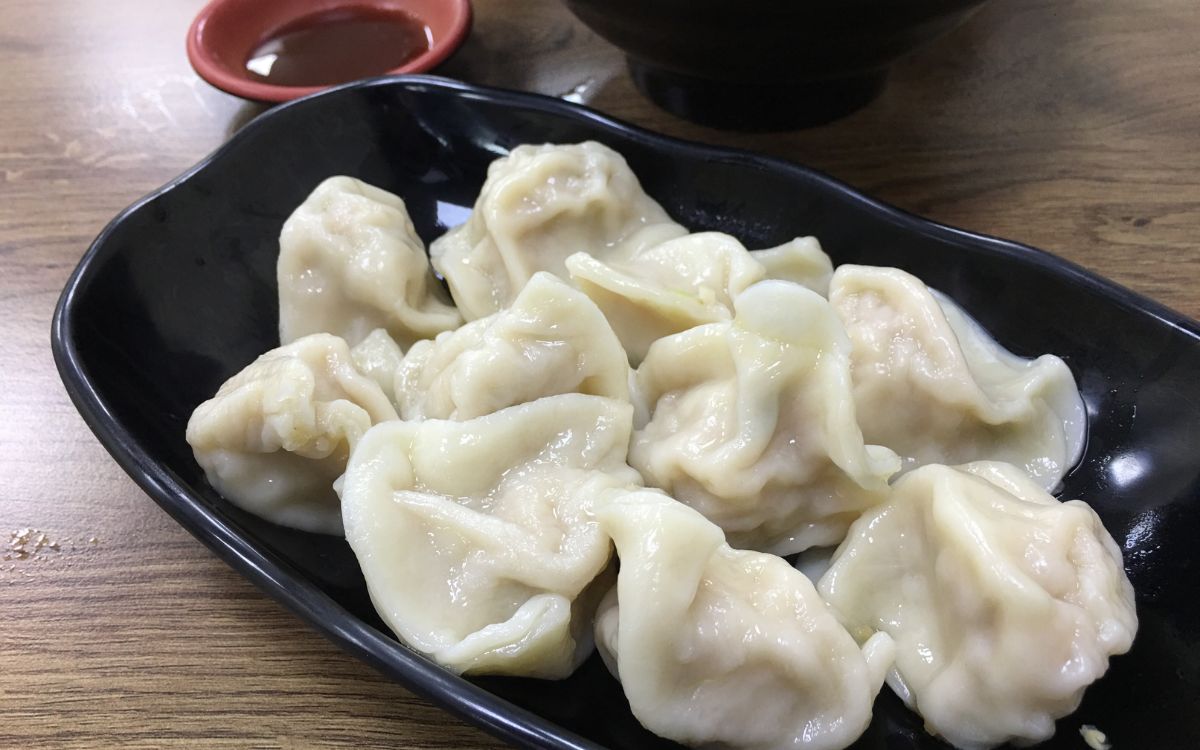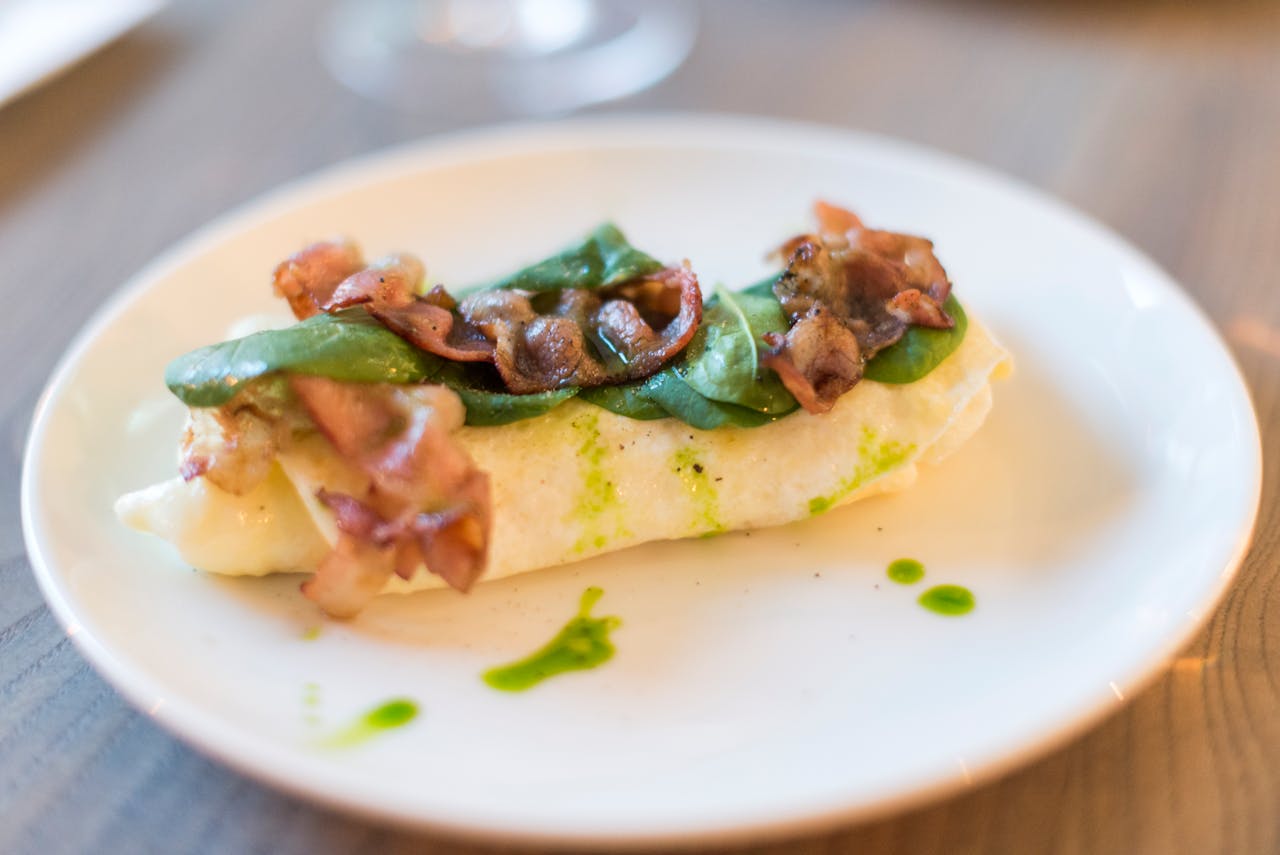7 Classic Cocktails Created Before Ice Was Common
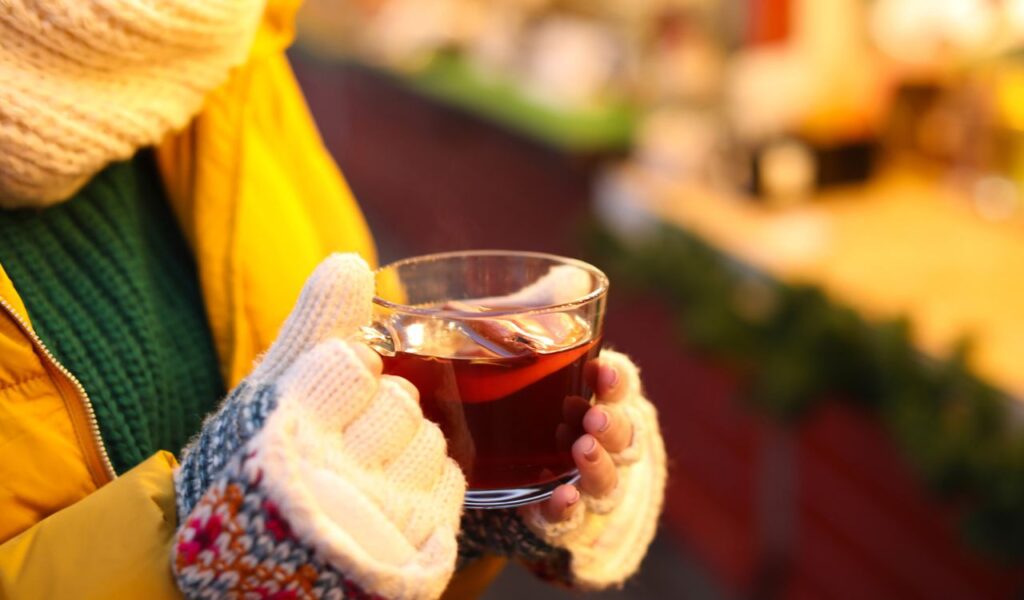
Imagine ordering a cocktail heated with a red-hot poker, or drinking from a punch bowl so enormous a boy rowed across it in a boat. Before Frederic Tudor launched the commercial ice trade in 1806, and decades before ice became widely available in American bars during the 1830s and 1840s, bartenders created drinks that were warm, theatrical, and wildly inventive. From medieval healing potions to colonial tavern spectacles, these 10 pre-ice cocktails prove that great drinks don’t need to be cold to be unforgettable. Here are 7 classic cocktails created before ice was common.
1. Flip
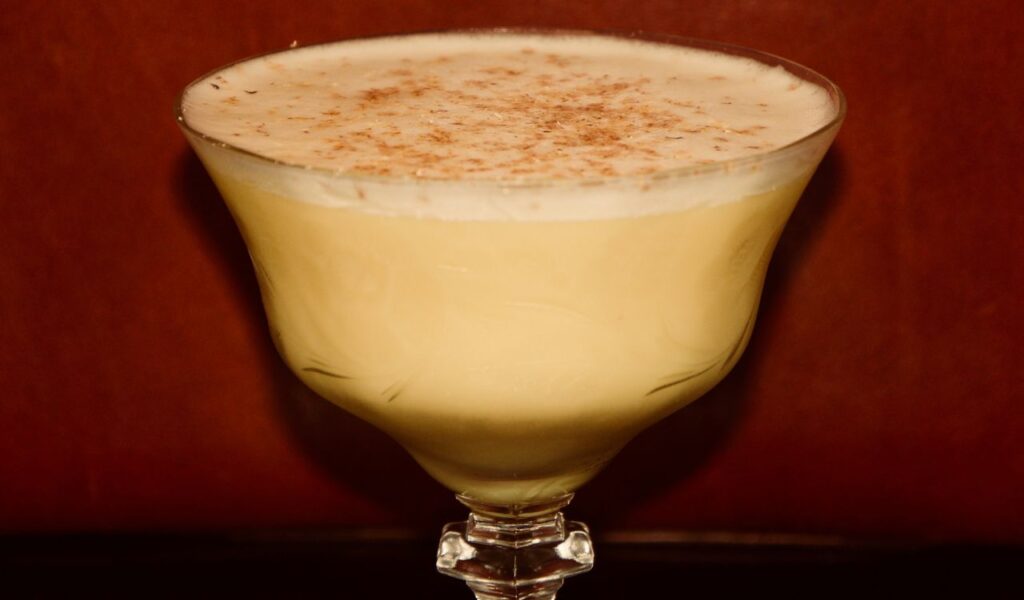
Picture a bartender plunging a red-hot iron into your beer. This was flip, and American colonists absolutely loved it. This uniquely colonial creation from around 1690 featured beer sweetened with sugar, molasses, or dried pumpkin, empowered by rum, and enriched with eggs and spices. What made flip truly remarkable was its theatrical preparation: bartenders heated it by plunging a red-hot piece of iron called a loggerhead directly into the tankard, creating a sizzling spectacle, smoky flavor, and caramelized sweetness. The dramatic preparation method made flip a tavern favorite throughout the colonies, proving that cocktails have always been about showmanship as much as taste.
2. Fish House Punch
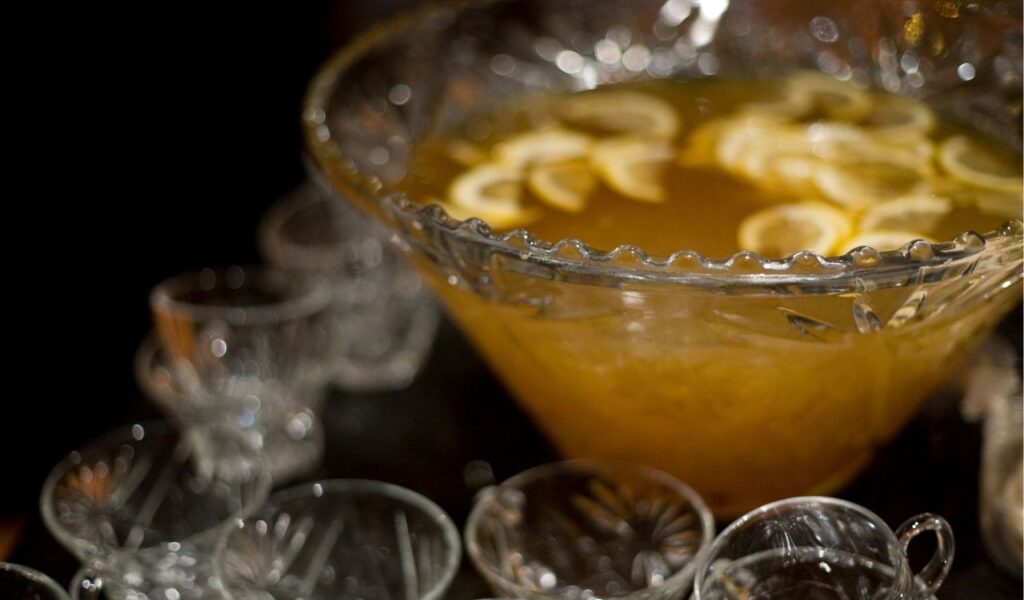
Created in 1732 by the exclusive State in Schuylkill gentlemen’s club in Philadelphia, this potent combination of rum, cognac, peach brandy, lemon, and sugar became legendary in early American history. George Washington himself recorded suffering a “most monstrous hangover” after an evening with Fish House Punch, testament to both its popularity and its considerable alcoholic punch. The recipe remained a closely guarded secret for decades, embodying the American tradition of exclusive house punches that distinguished one social club from another.
3. Punch
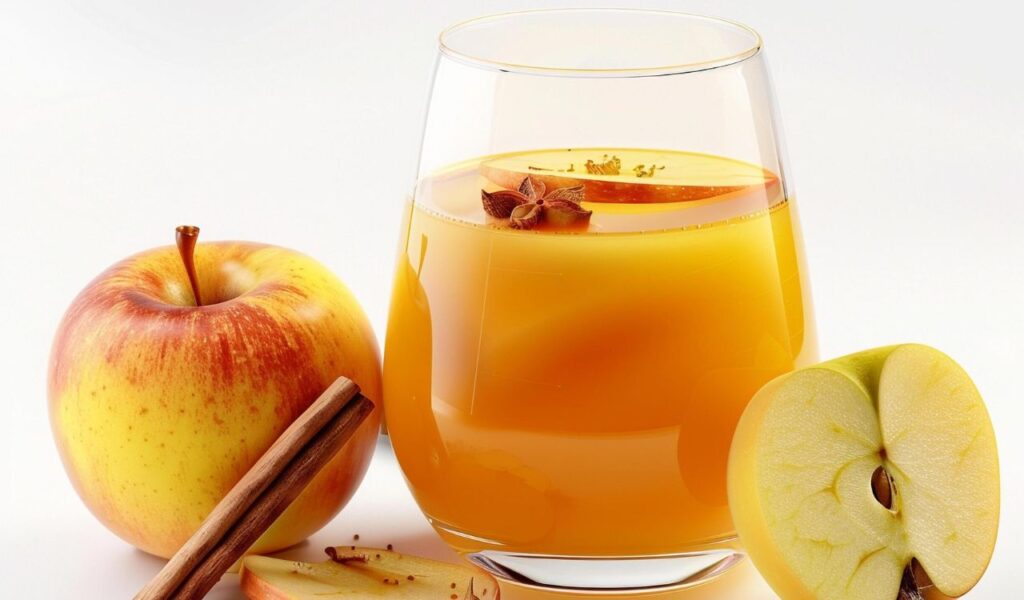
Originating in India during the 1600s, punch made its way to Europe during the 17th century colonization period and became one of the world’s most enduring mixed drinks. Originally blending arrack, sugar, spices, water, and citrus fruit, it was later localized with rum replacing arrack as Caribbean sugar production exploded. Admiral Edward Russell famously converted his garden fountain into a punch bowl so massive that a cabin boy rowed around it in a dinghy with a ladle to serve guests at a legendary party. This extravagant display shows how punch became the ultimate symbol of hospitality and excess in the colonial era, making it the original party drink that could accommodate dozens of guests at once.
4. Posset
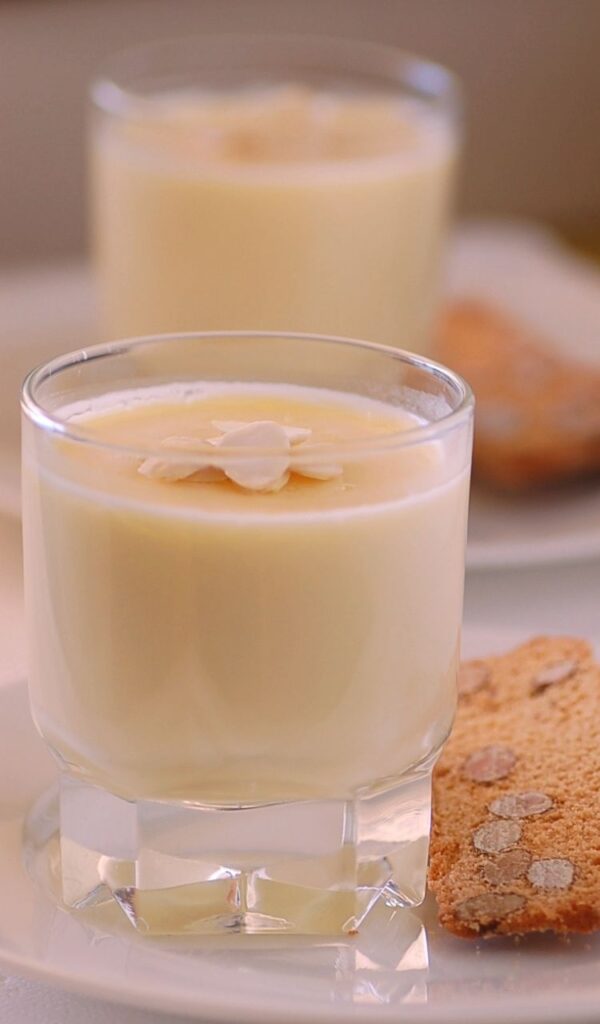
Dating back to the late Middle Ages, posset was a warm blend of milk or cream curdled with sack (a sweet fortified wine similar to sherry) along with eggs, sugar, and warming spices like mace and nutmeg that created a thick, custardy texture. Consumed for both pleasure and health, it was believed to cure ailments from head colds to weakened stamina, and famously appears in Shakespeare’s Macbeth as the drink given to King Duncan’s guards before his murder. By the Tudor period, posset had become such a luxurious drink that royalty served it in ornate silver posset pots that are now prized museum pieces. Today’s trendy lemon posset desserts are direct descendants of this medieval cocktail.
5. Toddy
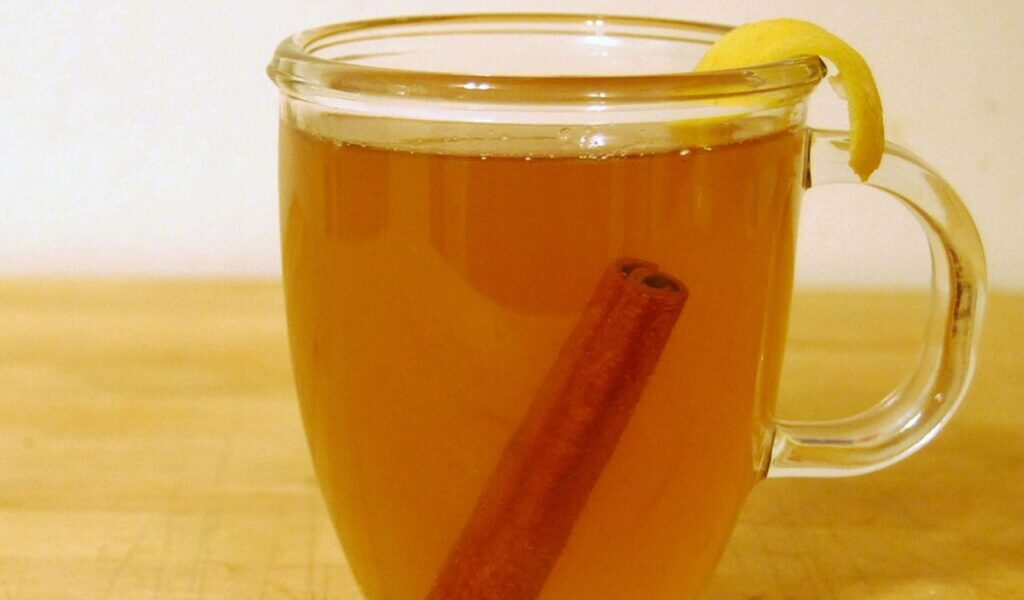
First appearing in print in England in 1741, toddies were the everyday drink of choice across Britain and its colonies: sweetened, heated, watered, and spiced spirits served steaming hot in the morning, afternoon, and evening. The drink’s warming properties and simplicity made it a daily staple in an era when water quality was highly questionable and mixing spirits with hot water was believed to make them more healthful and digestible. Different spirits produced different regional variations, from rum toddies in the Caribbean to whiskey toddies in Scotland to brandy toddies in France.
6. Sling

Emerging in the 18th century, the sling was a simple yet satisfying combination of spirit (generally rum or gin), sugar, and water, served hot or at room temperature depending on the season and preference. The name supposedly derives from the German word “schlingen,” meaning “to swallow,” reflecting the drink’s prize attribute: easy drinkability that made it dangerous for those who underestimated its potency. Its simplicity made it deceptively easy to overconsume, with colonial records showing many a gentleman missing work after “too many slings” the night before.
6. Sangaree
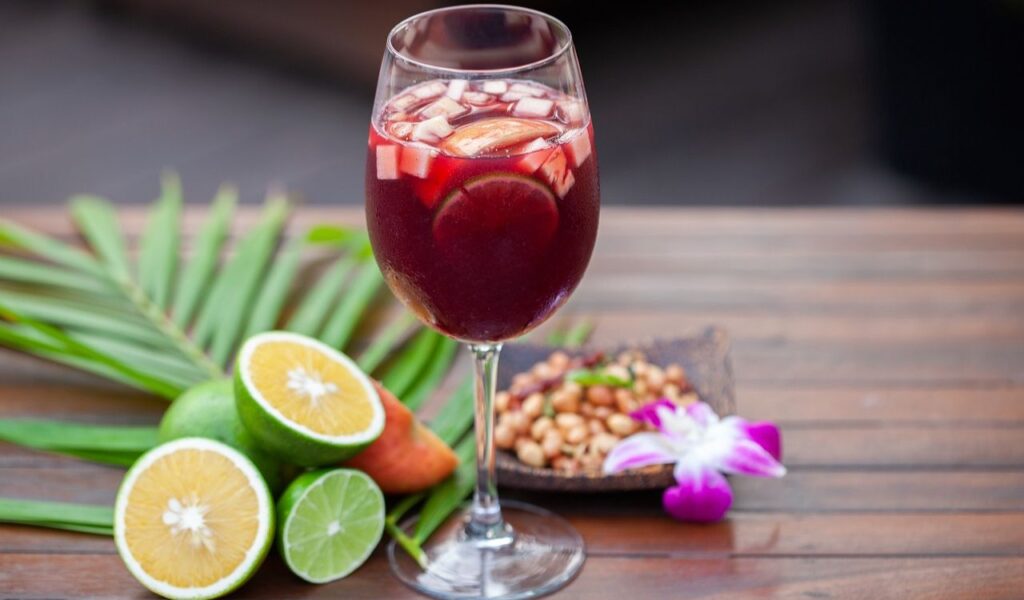
Derived from Spanish Sangria and popular throughout the 1700s, sangarees were spiced and sweetened wines, typically made with port, sherry, or other fortified wines that could withstand the heat of tropical climates without spoiling. This drink represented the cultural exchange between Spanish and English-speaking colonial worlds, particularly in the Caribbean and American South where trade brought diverse drinking traditions together. Often served with a dusting of fragrant nutmeg on top, sangaree offered a more refined alternative to rougher tavern drinks like flip or grog.
7. Mint Julep
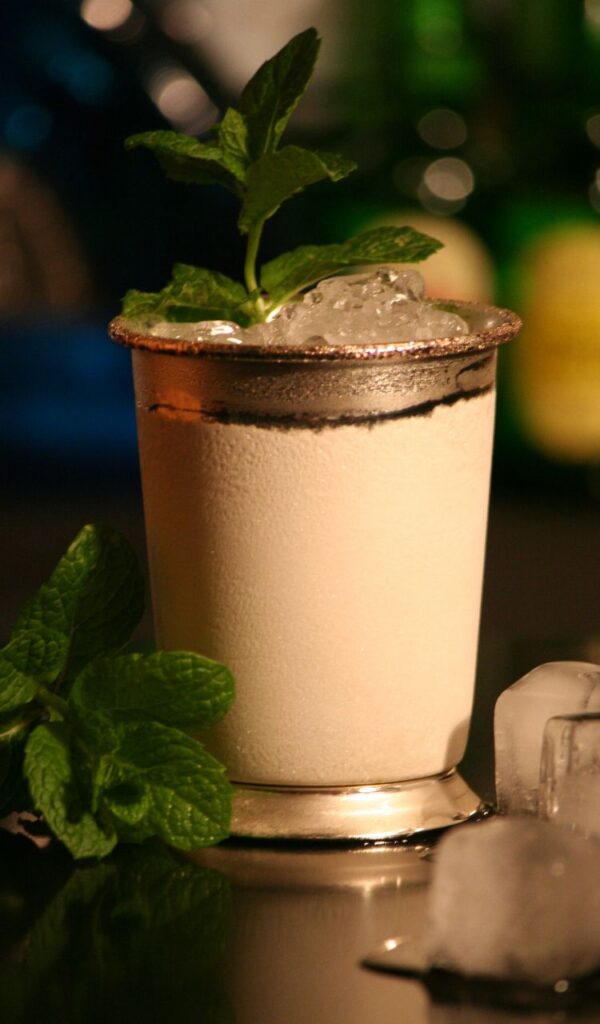
In the early 1700s, Southern colonists created the julep prototype by starting their day with mint-flavored whisky, believing the combination had powerful medicinal properties that could cure everything from headaches to stomach ailments. The drink remained relatively simple (spirit, sugar, mint, and water served at room temperature) until the 1830s, when hand-crushed ice finally became available and transformed it into the frosty classic we know today. This transformation from warm morning tonic to icy afternoon refreshment marks the mint julep as the perfect bridge between the pre-ice and ice-age eras of cocktail history.




